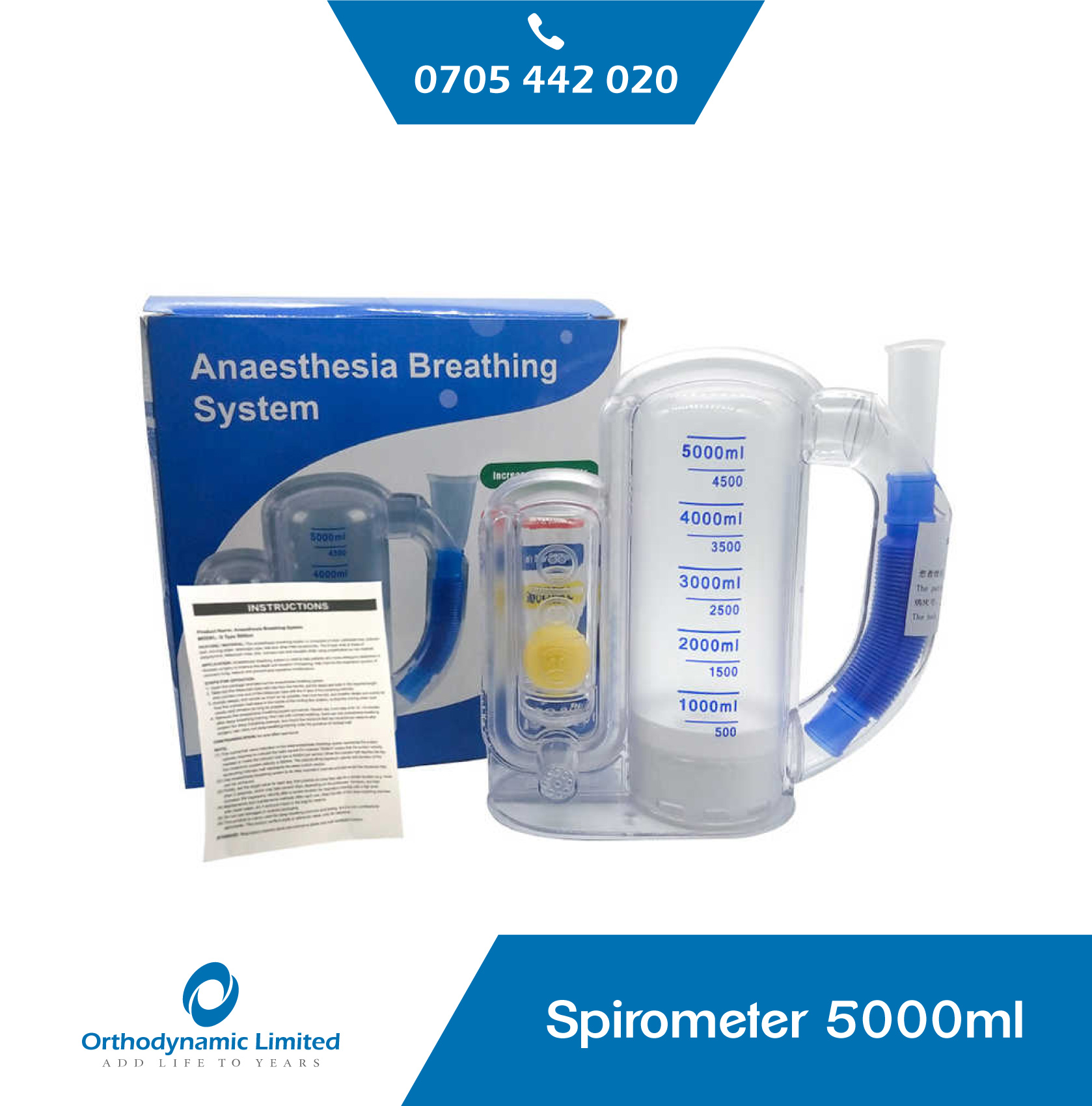What is a spirometer, and how is it used?
What is a spirometer, and how is it used?
A spirometer is a medical device that measures lung function by assessing the amount of air a person can inhale or exhale and how quickly they can exhale. It is used to diagnose and monitor conditions such as asthma, chronic obstructive pulmonary disease (COPD), and other lung diseases.
The basic design of a spirometer consists of a mouthpiece and a chamber containing a recording device. The patient breathes into the mouthpiece, and the device records the volume and flow rate of the air. Spirometers can measure a variety of parameters, including:
- Forced vital capacity (FVC): The amount of air a person can exhale forcefully after taking a deep breath.
- Forced expiratory volume (FEV1): The amount of air a person can exhale in one second after taking a deep breath.
- Peak expiratory flow (PEF): A person’s maximum flow rate during a forced exhalation.
By measuring these parameters, a spirometer can help determine the severity of a lung condition, monitor its progression, and assess the effectiveness of treatment.
Spirometry is a non-invasive and relatively simple procedure that requires proper training and interpretation of the results. It is typically performed by a healthcare professional, such as a doctor, nurse, or respiratory therapist.
What is normal spirometry?
Spirometry results can vary widely depending on factors such as age, height, weight, sex, and smoking history. Generally, a spirometry result is considered normal when the values fall within the range of what is expected for a person of the individual’s age, sex, height, and weight, and there are no signs of obstruction or restriction.
The American Thoracic Society and European Respiratory Society have established standard reference values for spirometry that are based on data from healthy non-smokers. For example, a normal FVC (forced vital capacity) is generally around 80-120% of the predicted value, while a normal FEV1 (forced expiratory volume in one second) is around 70-100% of the predicted value.
It is important to note that while spirometry results can help diagnose and monitor lung conditions, they are just one piece of information that healthcare professionals use to make a diagnosis. Other factors, such as symptoms, medical history, and imaging tests, may also be considered. A healthcare professional is best suited to interpret spirometry results and determine what is normal for an individual.
Here are the general steps for using a spirometer:
- Sit upright and breathe normally for a few minutes to establish your baseline breathing pattern.
- Hold the spirometer upright, with the mouthpiece in your mouth and your lips tightly sealed around it.
- Take a deep breath and blow out as hard and fast as you can into the mouthpiece until you can no longer exhale.
- Record the result on the spirometer, which will provide information about your lung function.
- Repeat the process 2-3 times to ensure consistency and accuracy of the results.
It is essential to follow the specific instructions of the spirometer you are using, as different spirometers may have slightly different instructions or require calibration. Working with a healthcare professional who can guide you on how to use the spirometer correctly and interpret the results is also essential.
Click on the link to view the products https://www.orthodyna.com/?s=spirometer&post_type=product.
For assistance,
For more information, contact us here.











